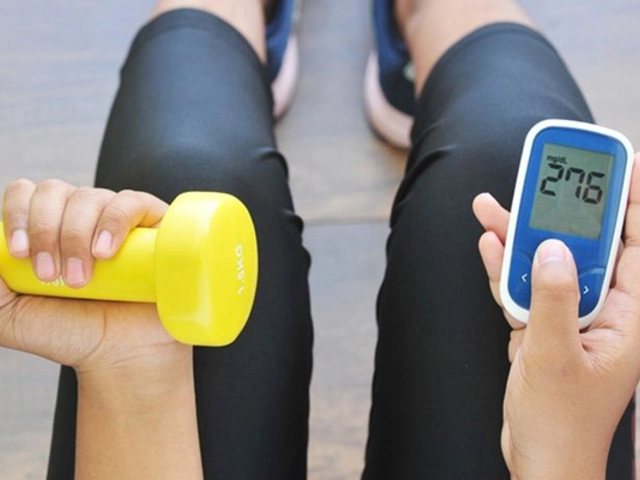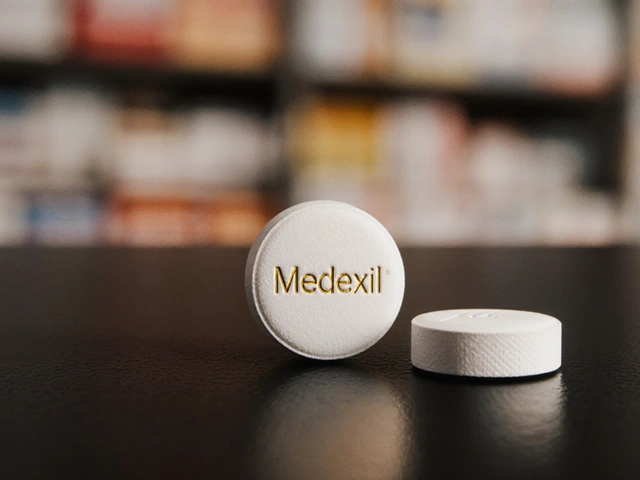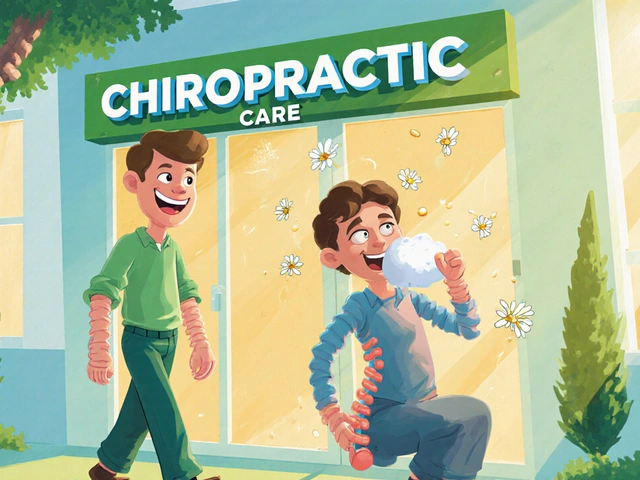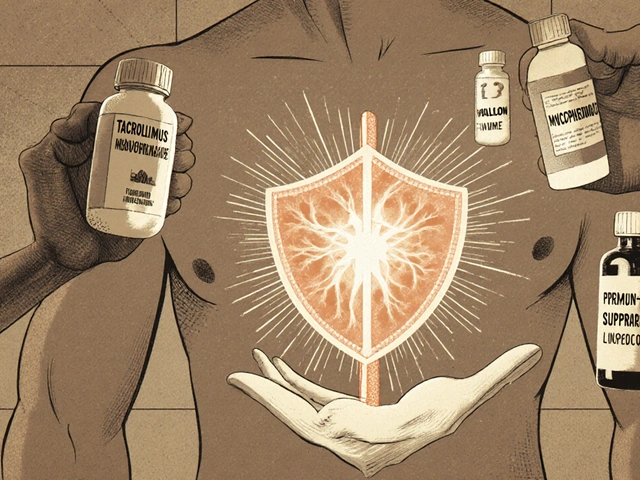Acne solutions that actually work — simple, practical advice
Dealing with acne is frustrating. You want clear skin, not a mystery ingredient list. The fastest wins come from using proven active ingredients the right way, keeping the routine simple, and knowing when to ask for help.
Which ingredients to try first
Start with two over-the-counter options: benzoyl peroxide and salicylic acid. Benzoyl peroxide kills acne-causing bacteria and reduces inflammation — use a 2.5–5% product once daily at first to avoid dryness. Salicylic acid (0.5–2%) is a beta-hydroxy acid that unclogs pores and helps blackheads and whiteheads. Alternate them or use one in the morning and the other at night if your skin tolerates it.
Topical retinoids (adapalene OTC or stronger prescription retinoids) are the best long-term tool. They prevent new pimples by normalizing skin cell turnover. Expect 8–12 weeks to see major improvement and some initial irritation; start slow, apply a pea-sized amount at night, and use moisturizer to reduce peeling.
Azelaic acid is a good gentle option for redness and mild spots. It brightens marks and has antibacterial effects. If you have sensitive skin or rosacea traits, try azelaic acid before stronger retinoids.
Daily routine that actually helps
Keep your routine short. Cleanse twice a day with a gentle cleanser, apply active treatments, then a non-comedogenic moisturizer. Use sunscreen every morning — many acne treatments make skin more sensitive to sun. Avoid scrubs and heavy oils; over-exfoliating makes acne worse.
Don’t pick or pop. Popping spreads bacteria and causes scarring. Use spot treatments with benzoyl peroxide or hydrocolloid patches for single pimples.
Patch-test new products and introduce one new product at a time. If your skin reacts badly, stop and reassess. If you buy medications online, use reputable pharmacies and check for valid prescriptions when required.
For hormonal acne (breakouts along the jawline or cyclical flares), talk to your doctor about options like combined oral contraceptives or spironolactone. For severe nodules or cysts, isotretinoin is often the most effective single treatment but needs specialist supervision.
When should you see a dermatologist? If acne causes painful cysts, leaves scars, or doesn’t improve after three months of consistent OTC and prescription tries, book an appointment. Early specialist care reduces scarring and gets you on the right prescription faster.
Small steps add up: use targeted actives, keep routines simple, protect your skin from sun, and get expert help for stubborn or severe cases. That’s how you move from spot treatments to lasting results.

8 Alternatives in 2025 to Isotroin: What Works When You Can’t Take Isotroin?
Struggling to find effective replacements for Isotroin in 2025? This article breaks down the top 8 real-world alternatives, covering how each one works, who should consider them, and what the catch might be. Get straightforward pros and cons for everything from topical treatments to hormonal solutions. Learn which alternative might be the best fit for your acne needs right now. Find out what actually helps when Isotroin isn’t an option.
Read More




